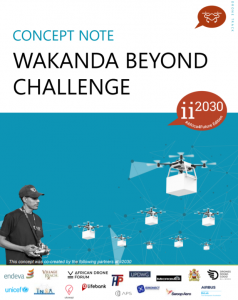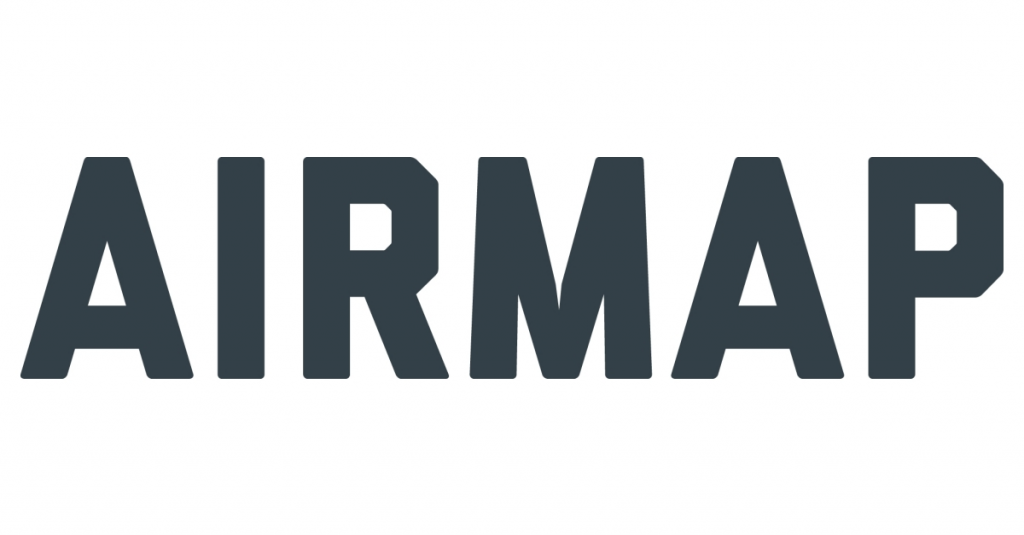
A future-fit tech enabled drone policy

How did we create impact?
Drone medical deliveries, including medicines, blood transfusions, medical spare parts, and test samples, could have a tremendous impact in overcoming Africa’s infrastructure shortcomings. However, to truly leverage the potential of drones, it is imperative to create a streamlined, transparent, and comprehensive regulation for safe flying. The drone track developed the Wakanda Beyond Challenge, a series of challenges to test, develop, and approve various technologies, processes, and protocols to make Africa the safest place to fly drones easily. The Wakanda Beyond Challenge will help address ecosystem challenges and identify cost-efficient African-driven solutions. It will be developed to meaningfully engage local communities through participatory development of regulations and community representation in decision-making processes. Interested to learn more? Contact Tendai.
For more information see the Concept Note.


What can tech do for drone policies?
Across the African continent and the world over, drone regulations have proven to be a critical enabler or inhibitor to the successful use of drones for good at scale. The lack of fit-for-purpose regulations, particularly for Beyond Visual Line of Sight (BVLOS) flights, continues to be a challenge for this emerging industry to reach its full potential. Fit-for-purpose, context-specific, tech-enhanced regulations and approval processes are essential levers to support a government’s safety oversight mandate and the operators’ need for clear, transparent, automated, processes.

Why do we need more future-fit and contextualised drone policies?
Technological solutions are emerging that have the potential to make it easier for regulators and operators to implement and abide by BVLOS regulations. Still, few have been developed for or tested in the African context. Applying existing solutions to the local context will not necessarily be enough. Instead, solutions require tailoring to local requirements, such as affordability or operability with available connectivity. They must involve local communities to ensure the technology maximizes impact and brings us closer to the world we want to live in.

Who attended


















